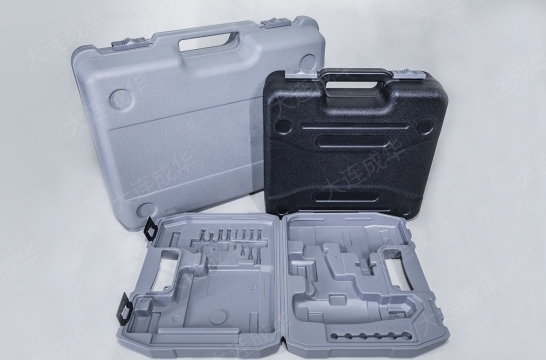The continuous innovation and development of hollow forming technology provide more possibilities for product design and production. By continuously improving the molding process, enhancing material properties, and optimizing mold design, more efficient, precise, and environmentally friendly hollow molding processing can be achieved. With the rapid development of technology and the continuous changes in market demand, hollow forming technology will continue to play an important role in the plastic processing industry, contributing to the sustainable development of the social economy.
The process of hollow forming is as follows: fill a mold with raw materials, and then heat or inject the raw materials into the mold through heating or injection, so that the raw materials completely fill the cavity of the mold. Then, the mold will be cooled or solidified in other ways to fix the shape of the raw materials. Remove the formed product from the mold and perform subsequent processing.
What are the techniques for selecting hollow forming materials in Dalian?
Material properties: Firstly, it is necessary to understand the characteristics of different hollow forming materials, including mechanical properties, thermal properties, chemical resistance, etc. Select suitable materials based on the product's usage environment and requirements.
Density and strength: The density and strength of hollow molding materials directly affect the lightweight and load-bearing capacity of the product. Select hollow molding materials with appropriate density and strength according to the product's usage requirements.
Molding process: Different hollow molding materials are suitable for different molding processes, including blow molding, injection molding, extrusion molding, etc. Based on product design and manufacturing processes, select appropriate molding techniques to process hollow molding materials.
Heat resistance and chemical resistance: For products that require high temperature resistance and corrosion resistance, it is necessary to choose hollow molding materials with good heat resistance and chemical resistance.
Cost and recyclability: Considering product cost and environmental friendliness, choose hollow molding materials with moderate cost and recyclability.
Market demand and supply situation: Select suitable hollow forming materials based on different market demands and the supply of hollow forming materials.
In extrusion blow molding, the temperature setting of each section of the extruder is crucial. The temperature generally gradually increases from the hopper to the machine head. For example, for polyethylene materials, the hopper section temperature may be between 150-170 ℃, while the head temperature may reach 180-200 ℃. The appropriate temperature can ensure uniform melting of plastic and smooth extrusion of preforms. Excessive temperature can cause plastic decomposition and affect product performance; If the temperature is too low, the plastic will not be fully plasticized and the surface of the billet will not be smooth.
Hollow formed products are widely used in food, cosmetics, medicine, daily necessities and other fields, such as mineral water bottles, juice bottles, shampoo bottles, cosmetics bottles, medicine bottles, plastic pipes, etc. Hollow formed products have the characteristics of light weight, durability, and good sealing, which can meet the needs of different fields. In the food industry, hollow formed products are widely used for packaging various liquid foods, such as water, juice, beverages, etc; In the cosmetics industry, hollow formed products are suitable for packaging various cosmetics such as shampoo, conditioner, shower gel, etc.







